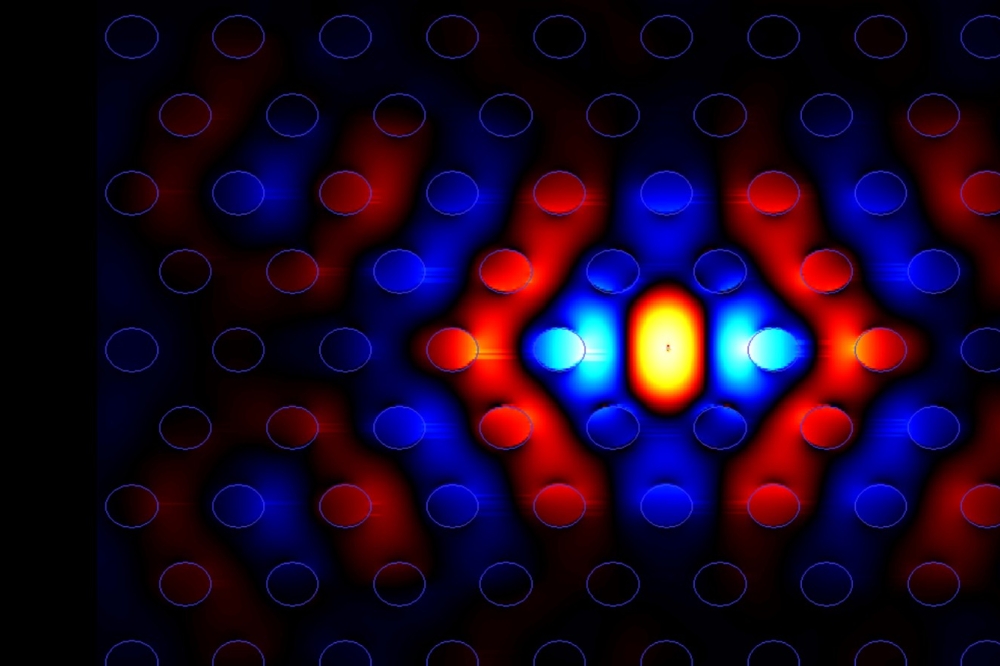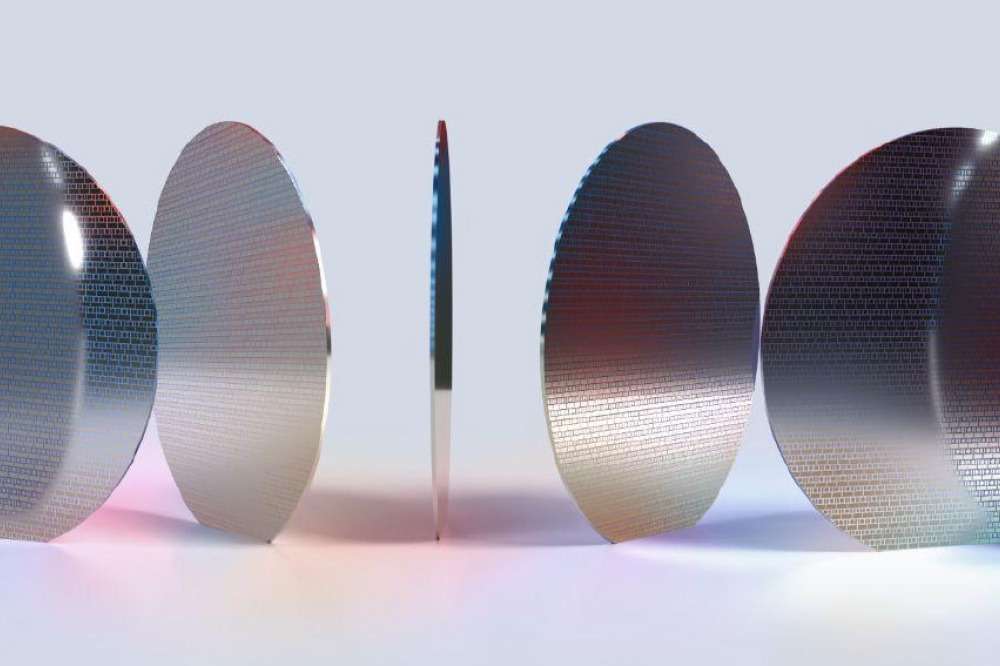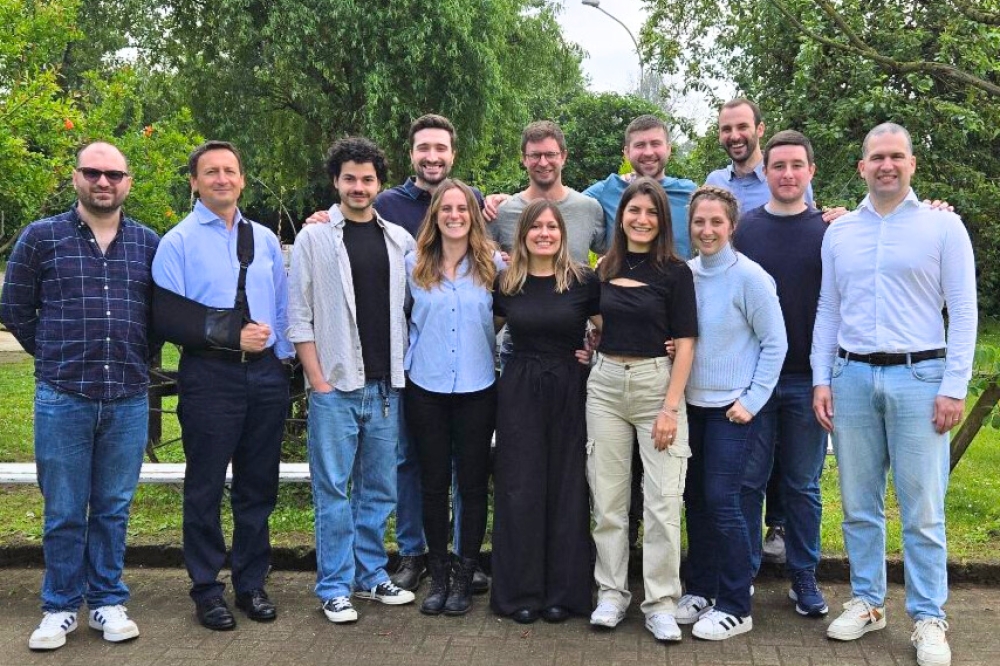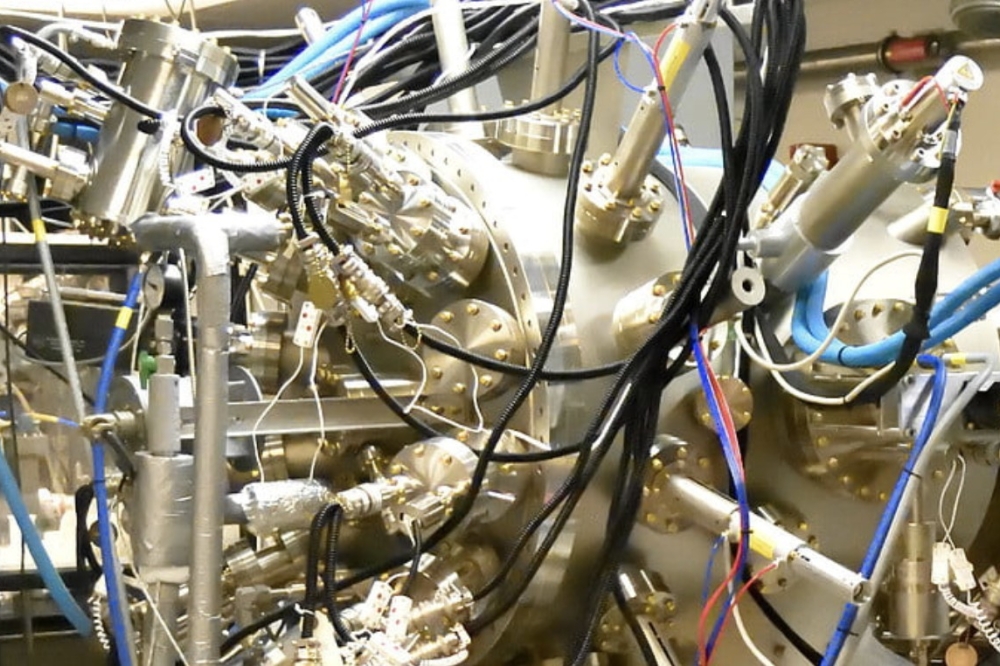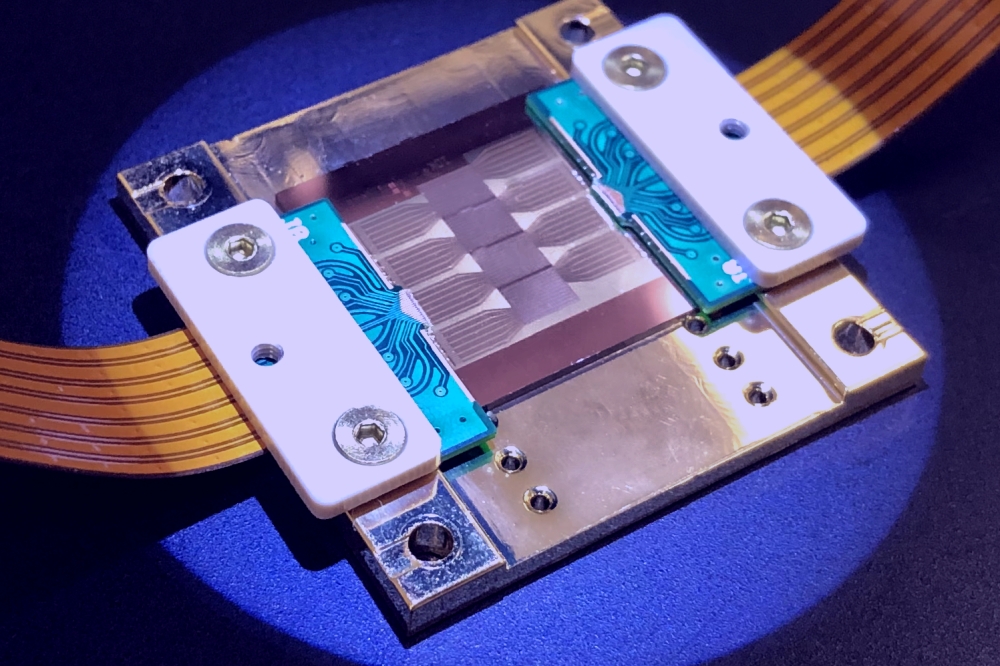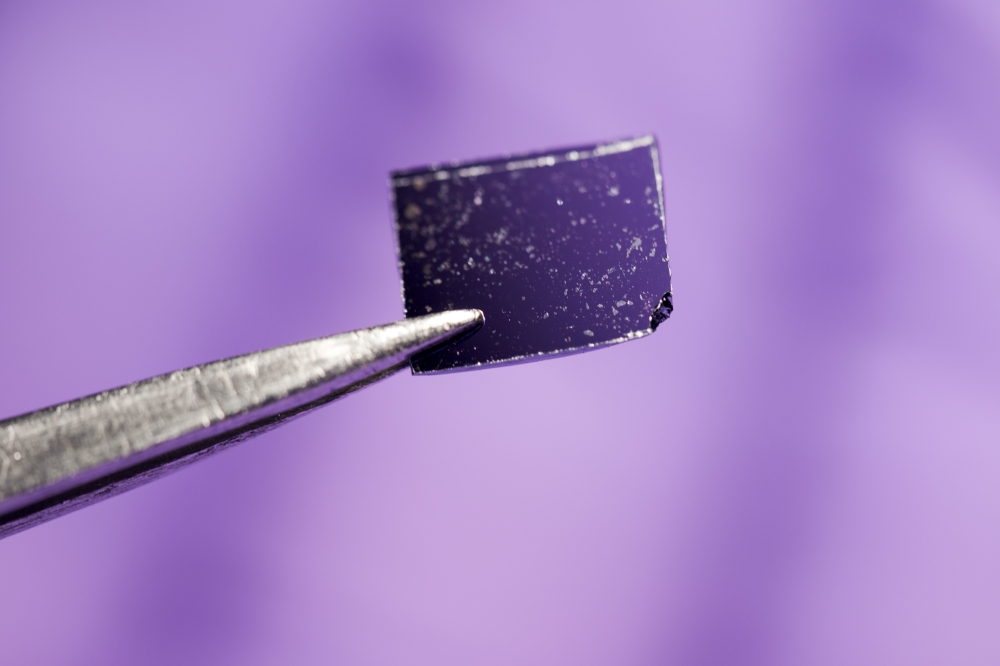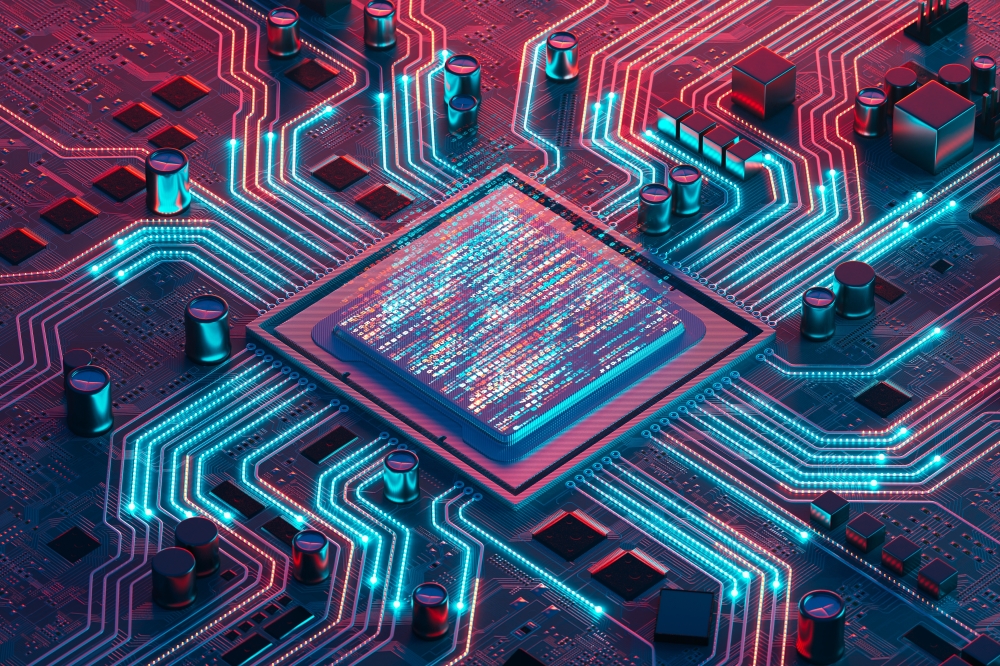New photonic device could efficiently train AI models

Researchers have reported a compact, energy-efficient PIC that encodes information in both the intensity and phase of light, enabling the transfer of the equivalent of 100 million books in less than seven minutes
Researchers from Laval University in Canada have reported a new photonic chip design that can transfer huge amounts of data at ultra-high speed while being energy efficient and maintaining a compact footprint. According to the team, the new chip, described in Nature Photonics, could help to train future AI models quickly and efficiently.
The new design uses two pairs of silicon microring modulators to encode information in light signals. As well as using light intensity, like traditional photonic systems, the new chip also uses the phase of light. The researchers say this new dimension enables unprecedented performance levels within a compact device.
“We're jumping from 56 gigabits per second to 1,000 gigabits per second,” says PhD student Alireza Geravand, the first author of the study. “At 1,000 gigabits per second, you could transfer an entire training dataset – the equivalent of over 100 million books – in under seven minutes. That's about the time it takes to brew a cup of coffee.” Additionally, the scientists say this process would use just 4 joules of energy – about the amount required to heat one millilitre of water by one degree Celsius.
Processors currently used in AI datacentres typically span a few millimetres each. But, since these networks require up to hundreds of thousands of these processors, the infrastructure usually ends up being large in size and consuming huge amounts of energy. “You end up with a system that's kilometres long,” explains Geravand. The new device aims to address these challenges by enabling quick and efficient communication between units, even if they are far apart.
This technology could reach the market in the coming years, say the researchers, pointing out that companies including NVIDIA are starting to use microring modulators, although currently only for light intensity.
“Ten years ago, our lab laid the groundwork for this technology,” says Geravand. “Today, we're taking it to the next level. Maybe in a few years, the industry will catch up, and this innovation will make its way into the real world.”


